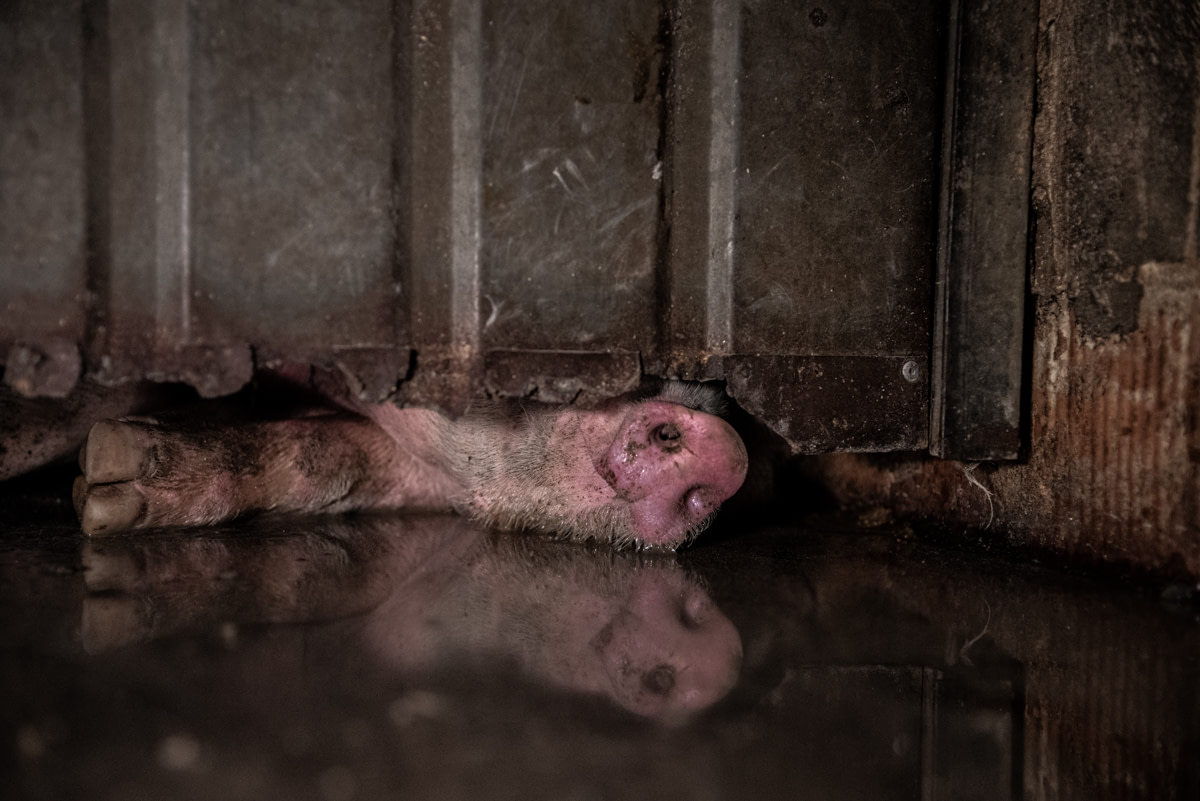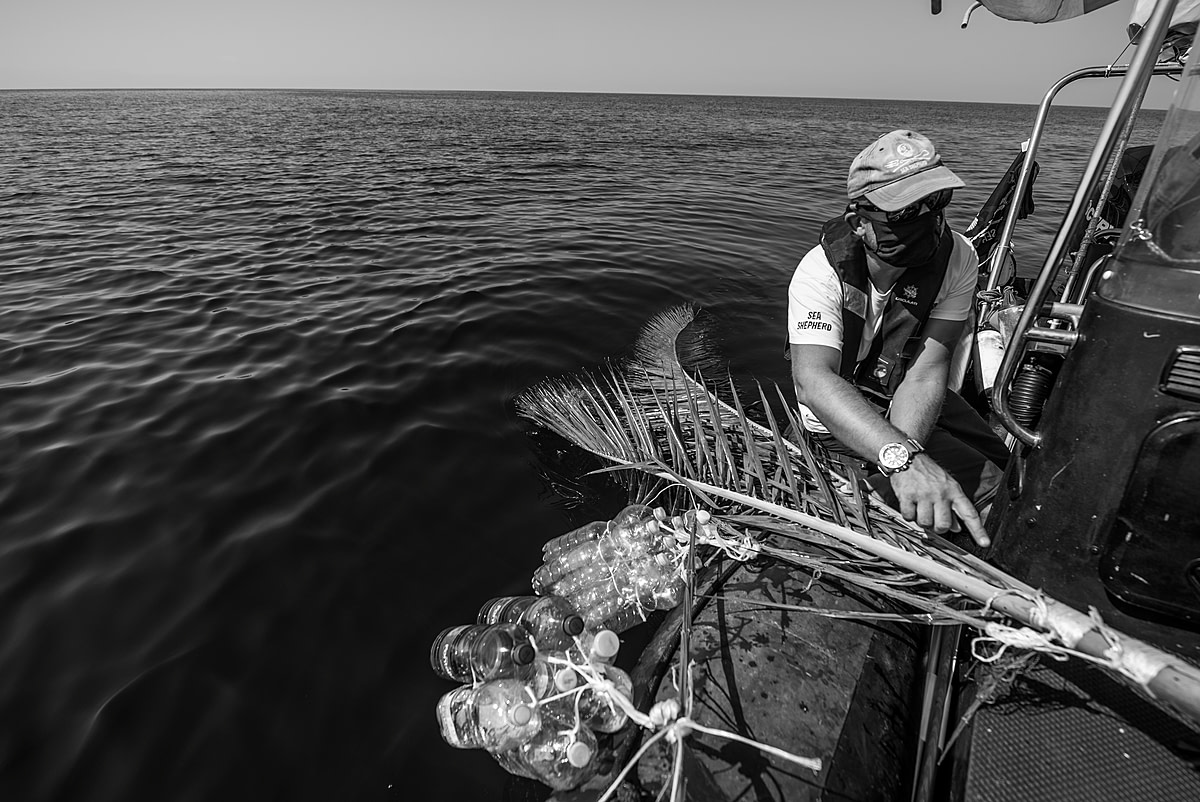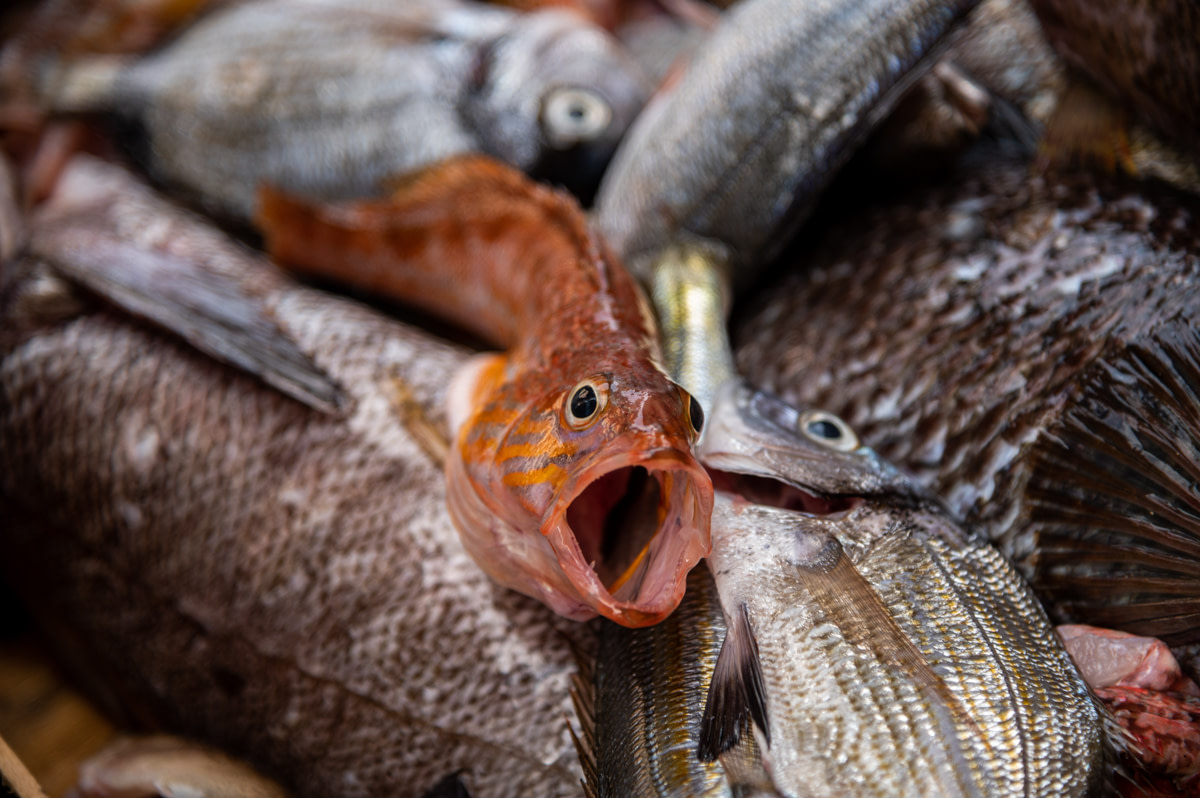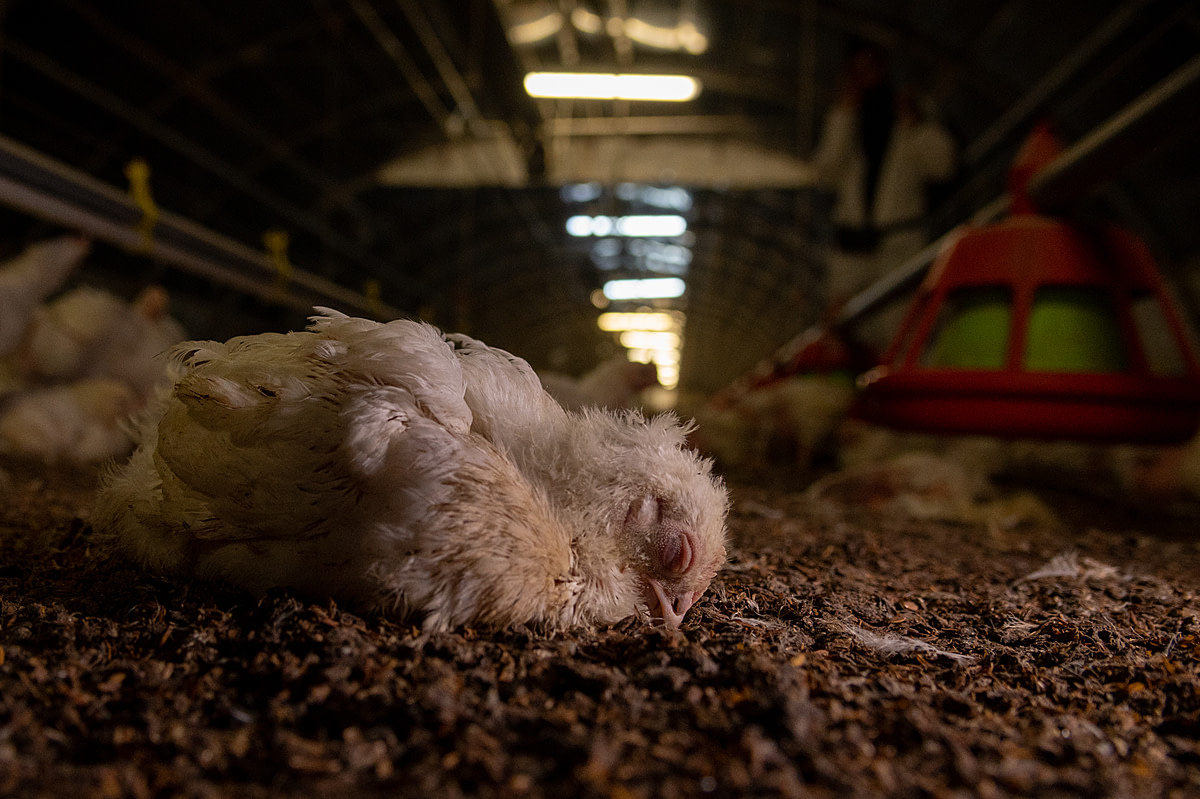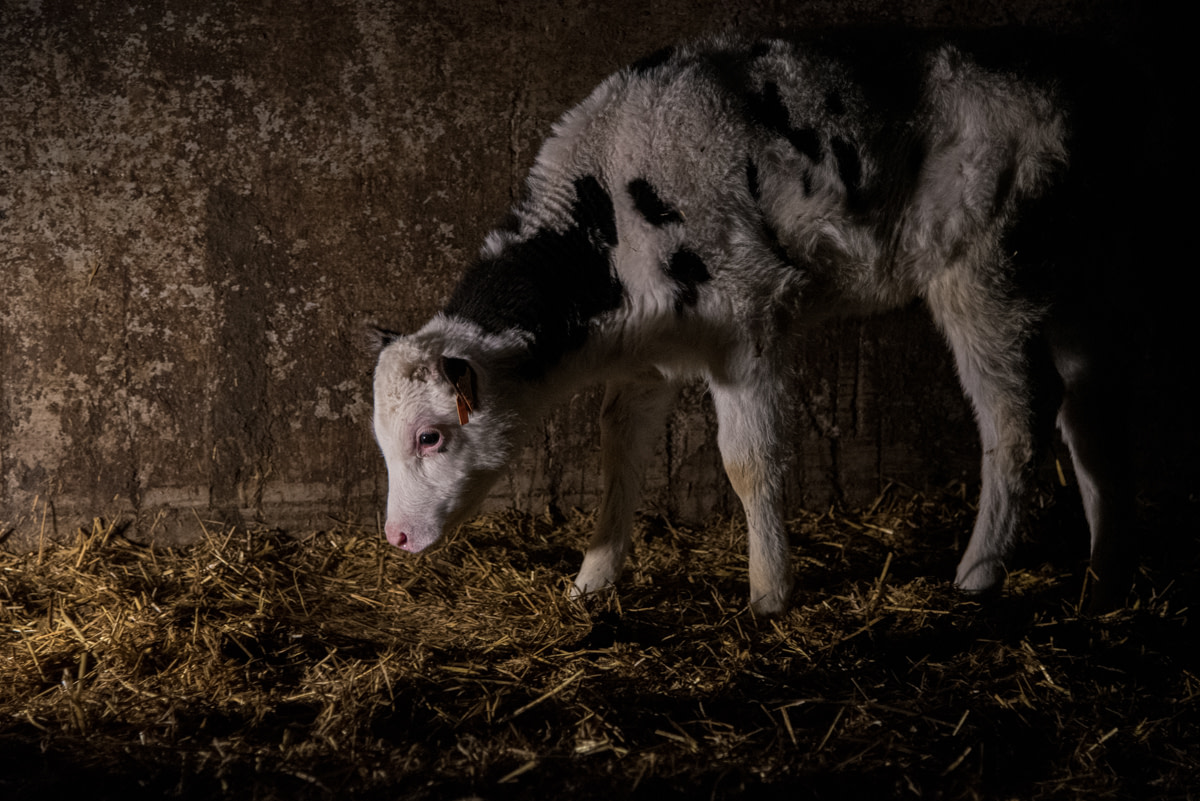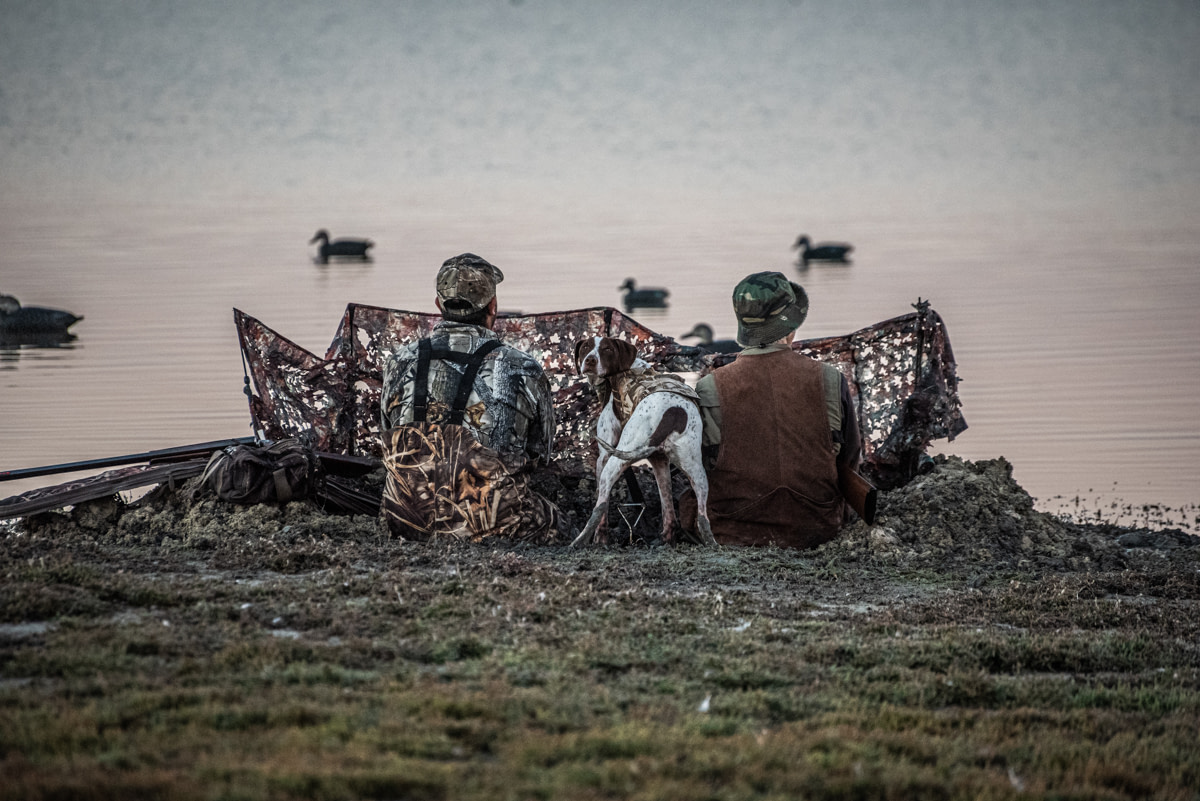We Animals Contributor, Stefano Belacchi.
[Content warning: Contains confronting images and/or video footage]
Stefano Belacchi was 20 and a politically active student when he started taking part in animal rights campaigns in Italy. After a few years of local campaigns against fur, vivisection and other actions, he co-founded the animal rights group, Essere Animali (Being Animals). Stefano has worked with them for several years, participating as a photographer in their investigations, as well as investigations with various other groups, such as Equalia, Sea Shepherd and Animal Equality. In 2017, with the philosopher Benedetta Piazzesi, Stefano published Un Incontro Mancato (A Missed Meeting), an essay about animal rights photo-reporting. He is also one of the 40+ contributing photographers to our book HIDDEN: Animals in the Anthropocene.
We sat down with Stefano to find out more about his 10+ years of experience documenting animal stories, and his current and future animal photojournalism projects.
I started taking photographs on farms in 2011 after many years of activism. At some point we realized that it was necessary to professionally document what was happening and photographs were the strongest way to tell the story of the animals we exploit. I remember one time when we entered a chicken farm that we were already familiar with and tried to take pictures by lighting the scene with an electric torch. Although we were amateurs, I think I took one of my best photos.
In Italy most of the work is done by three big organizations; they are doing excellent work with mainstream media and raising awareness on animal rights issues. I think we still need to work more on photography: at the moment the big part of the content is videos made for television or social media. There is still a lot to do to get published in magazines and newspapers and maybe to have space in the big photo contests.
An injured pig lies on the wet floor sniffing under a rusty iron door. Italy, 2016.
Stefano Belacchi / Essere Animali / We Animals
Some years ago I created a set of portraits in very low light to make the individuals rise from the shadows. One of my favourites is the portrait of two turkeys. They look on begrudgingly like they are threatening the observer.
I like to represent animals as agents of their own struggle. In the animal rights movement we often use a patronising way of speech referring to them with the word “voiceless.” This represents humans as the main actors in the story of animal liberation.
I like to underline the resistance of animals and give them back the dignity of the struggle because they keep fighting for their survival and freedom even when we close the door of the farms behind our backs.

Turkeys the day before slaughtering. Italy, 2016. Photo: Stefano Belacchi
At the moment I shoot with my amazing Nikon Z6 mirrorless camera and usually I bring with me the Nikon 24-70 f2.8 Z lens. If I am inside a farm I just need this one and a couple of lights (an LED panel and one or two flashes with triggers). Sometimes I also bring a wider lens like the Nikon 14-24 f2.8 and a very bright one in case we can’t use the lights (I have the nikon 35mm f1.8 and a 50mm 1.4). If I’m working in an open scenario I also bring my brand new tele, the amazing nikon 70-200 f2.8 Z lens; I really love it and I would like to use it as much as I can.
Usually I also have a couple of radios, some spare clothes, water and snacks, tissues and sanitizing gel.
In 2020, on assignment with We Animals and with the support of Sea Shepherd, you documented the use of fish aggregating devices (FADs) in the Mediterranean Sea. How are things progressing with raising awareness of this issue in the region – has there been any noticeable change, either positive or negative, since then?
What’s happening in the Med is a story hundreds of years old. Fishers have been fishing this way for a very long time and it is not easy to convince people that this “traditional” fishing is not sustainable anymore. Television and newspapers are part of this lie: they are still representing the fishers as victims even if it is proven that they are responsible for the loss of biodiversity and the lack of fish in the Med. The work that Sea Shepherd is doing is quite important but is not enough at all. The Mediterranean is the world’s most overfished sea and we all have to do our best to let people know that there is no sustainable fishing.
Sea Shepherd activists destroying illegal Fishing Aggregating Device (FAD). Italy, 2020.
Stefano Belacchi / We Animals
We decided as activists to do our best on the side of animals but we have no right to put our problems in the centre of the scene. The ones that are actually suffering are the animals inside the farms. If you want to help and document this there are plenty of ways to overcome your sense of despair; if you try and you think you can’t deal with this suffering you can be helpful in thousands of other ways. Every time we are talking about how hard it is to face animal suffering we are switching the attention from them to us.
We spent years (and we still do it) talking about animal rights activists as heroes. I think it’s time to refocus and explain that what we’re doing is not special. It just needs commitment and perseverance.
The only thing I’d say to those who want to approach this work: if the animals can find the strength to fight inside farms, then we can learn from them and find the strength to deal with a few hours of graphic scenes. We are privileged; we can leave anytime.
From early on, I started to take care of my choice of shots and lights. After several years, I think I have found my own style. Shadows play a fundamental role in my photos. I believe that today we no longer need documentary images but photographs capable of involving viewers in the scene, giving back to the public the drama that animals have experienced.
A sick chicken lies on the floor of a broiler farm in Italy. When the chicken have physical issues, they receive no individual attention and are left to die. Chickens unable to stand cannot reach water dispensers from which to drink and will eventually die of thirst. Italy, 2021.
Stefano Belacchi / Equalia / We Animals
I have certainly been influenced by the great masters of painting and photography, especially Michelangelo Merisi (better known as Caravaggio). He was able, like no other, to give dignity to the outcasts of society by making them emerge from the shadows where they had been exiled.

We ignored animal and environmental issues for all of human history and now we are seeing the effects of our choices. We don’t have much time to change the direction of our lives and we definitely can’t ignore this situation anymore.
Animal photojournalism is a problematic theme for the mainstream press and media. We are telling people that their choices are causing countless suffering and they are no longer affordable for the planet. Nobody wants to hear this. But if we want to provide good information we can’t shut up just because what we say is not what people would like to hear. We can find the best way to say it and the better images for each kind of media and that’s exactly what we are trying to do, but pretending nothing is happening is no longer a choice.
I really would like to make connections between animal agriculture and the loss of biodiversity. I am a natural history fan and in the last ten years I studied the temperate forest ecosystem in central Italy. We usually think about the link between cattle farming and deforestation in South America, but there is also another part of the story that is happening in all the highly industrialized countries and this is a huge theme that is not well documented yet and I really would like to work on it. In Europe we lost almost all the original forests in the last 1,000 years and most of them were cut just to create lands to grow the cereals we are using to feed the farmed animals. When Europeans switch to a plant-based diet we would have to take care of all the land we are now using to feed cows, chickens and pigs. There are a few examples of former fields now used to restore biodiversity, and I would like to cover these stories and link that with the actual condition of animals in intensive farms.
This is my long term project. Now I’m about to embark with Sea Shepherd Global to document illegal unregulated and unreported fishing in West Africa.
I have a personal website where I collect most of my work, an Instagram profile I use to promote animal photojournalism and a Facebook page where I add some thoughts about my work and longer descriptions of the pictures. I published a book in Italy about animal photojournalism written by Dr. Benedetta Piazzesi and illustrated by my photos. We are trying to translate it into French and English. And I have a 25-picture exposition that is always available!
Get in touch with Stefano Belacchi and follow his work:



